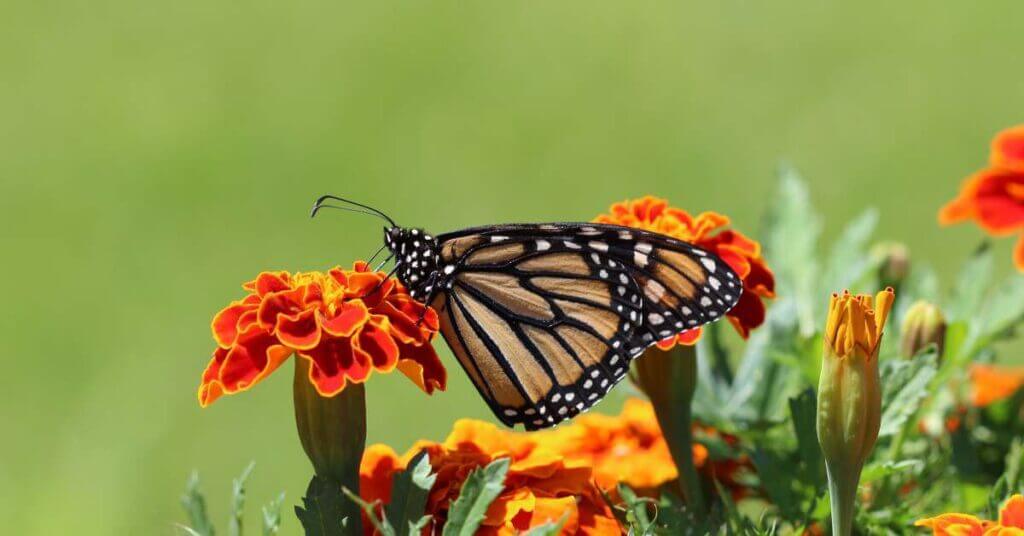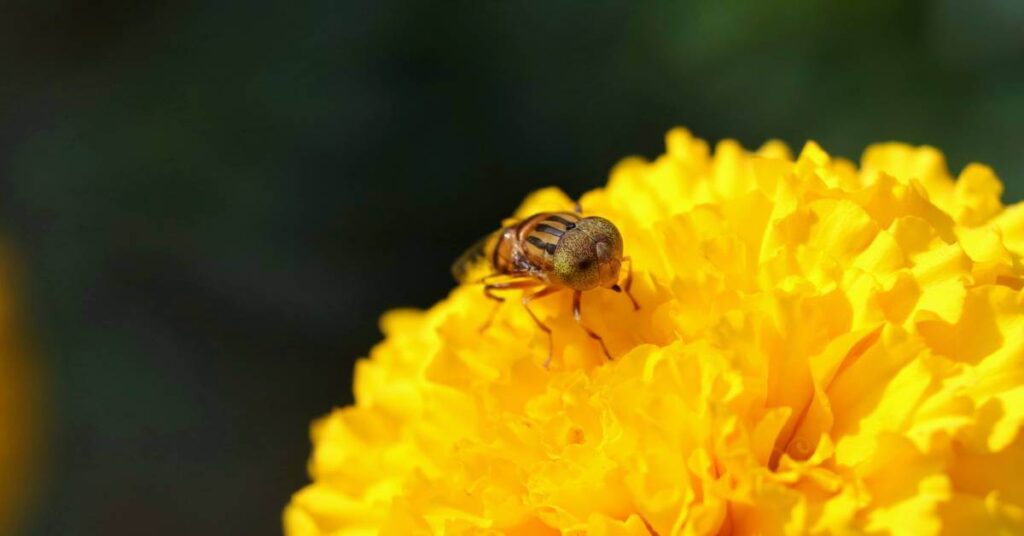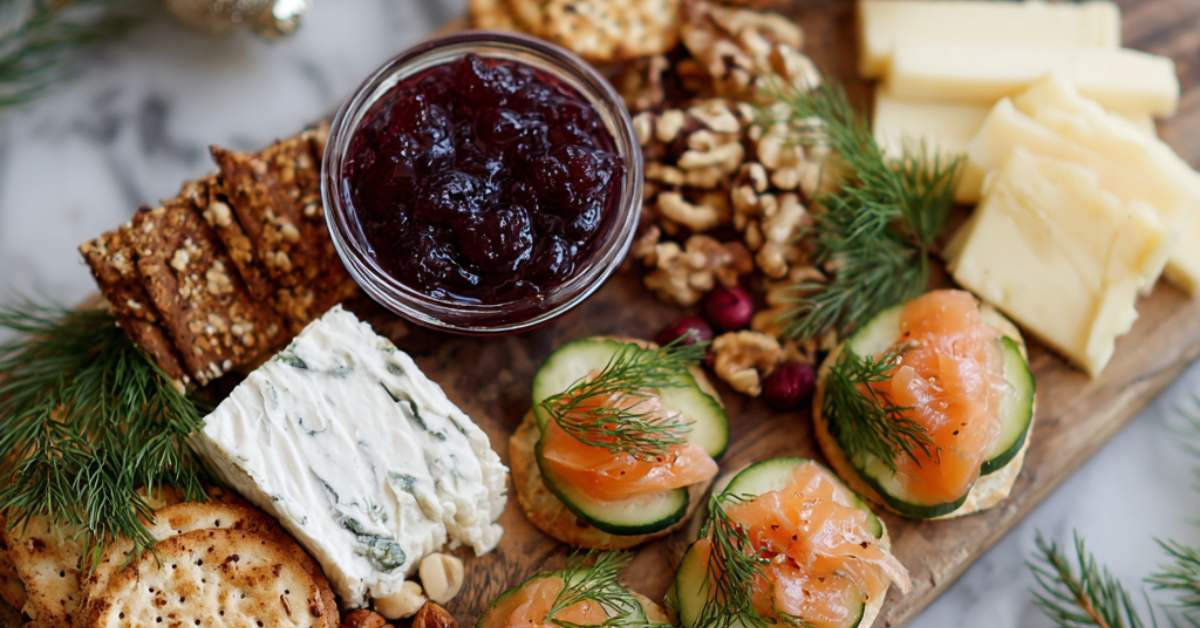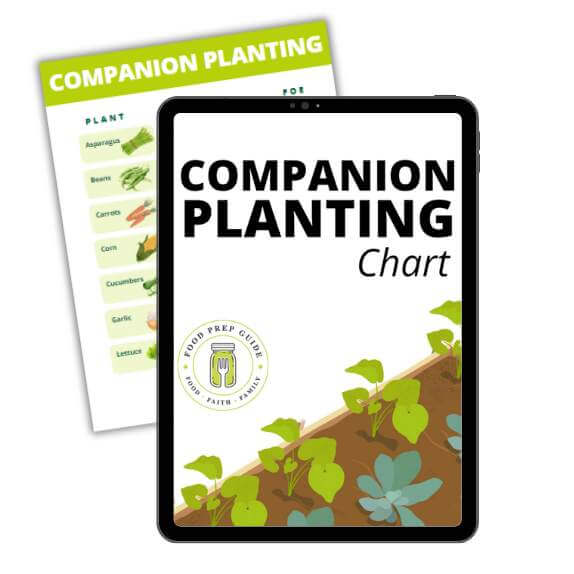When I was researching natural pest control for my garden, one flower kept surfacing over and over:
Marigolds.
Despite their popularity, nothing goes in my garden without extensive research. (I’m a bit of a geek in that regard.)
My first thought was … What about the bees?
If marigolds are so effective at repelling pests, do they also repel the pollinators? We certainly don’t want that!
Here’s a recap of what I found on bees and marigolds so you can decide for yourself if they deserve a place in your garden.
(Don’t miss the marigold companion planting video below!)
Marigold Varieties and Bee Attraction
When choosing marigolds for your garden, it’s essential to know which varieties are best for attracting bees.
Different types of marigolds have varying levels of attractiveness to bees due to their colors, nectar, and pollen content.
Let’s discuss a few popular marigold varieties that entice bees to visit your garden as well as common varieties that aren’t as bee-friendly.
French Marigolds
French marigolds (Tagetes patula) are shorter and bushier than their African cousins. They come in an array of colors, including red, yellow, and orange, and often have multicolored petals.
These marigolds are more effective at luring in bees due to their open flower centers, making it easier for the bees to access nectar and pollen.
Prices pulled from the Amazon Product Advertising API on:
Product prices and availability are accurate as of the date/time indicated and are subject to change. Any price and availability information displayed on [relevant Amazon Site(s), as applicable] at the time of purchase will apply to the purchase of this product.
Signet Marigolds
Signet marigolds (Tagetes tenuifolia) are excellent for attracting bees, as they feature smaller, single flowers with open centers that allow easy access to nectar and pollen.
They come in shades of yellow, orange, and red, providing a charming visual display in your garden while also serving as a beacon to bees.
African Marigolds
African marigolds (Tagetes erecta) are tall, showy plants with bright yellow or orange flowers. Their large blooms may be appealing to bees, but they aren’t the most effective at attracting them compared to other marigold varieties.
Plant these for their visual appeal, but consider adding other types of marigolds to enhance bee attraction.
Triploid Marigolds
Triploid marigolds are a hybrid cross between African and French marigolds. They offer large, showy blooms in various colors, but their dense, tightly packed petals may not be as inviting to bees as other varieties with more accessible flower centers.
Tagetes Lucida
Tagetes lucida, also known as Mexican mint marigold, features small yellow flowers and anise-scented foliage.
This variety is a favorite amongst pollinators, including bees, butterflies, and hummingbirds, thanks to its high nectar content.
As you plan your garden, consider planting a combination of these marigold varieties to create a visually appealing space that also attracts bees.
By doing so, you’ll contribute to the health and wellbeing of these essential pollinators while enjoying the beauty they bring to your outdoor space.
Marigolds and Other Pollinators
In your garden, marigolds not only add vibrant color, but they also serve a functional purpose by attracting essential pollinators.
Among these pollinators are bees, butterflies, and other insects, all of whom contribute to a flourishing garden ecosystem.
Butterflies
Marigolds and butterflies form a beautiful partnership. The bright-yellow and orange hues of marigold flowers are highly attractive to the winged insects.

When butterflies visit your marigolds, they collect pollen on their bodies and aid in pollination as they move from flower to flower.
Other Pollinating Insects That Are Attracted to Marigolds
Hoverflies, sometimes referred to as flower flies, are also drawn to marigolds. These small insects are often mistaken for bees due to their black and yellow striped bodies.

Hoverflies feed on nectar and pollen, which makes marigolds an excellent food source for them.
Here are some other pollinating insects you might find on your marigolds:
- Moths
- Beetles
These pollinators play a crucial role in supporting the growth and reproduction of various plants.
So, adding marigolds to your garden not only adds color and charm but also helps create a healthy ecosystem for essential pollinators.
Tips for Planting Marigolds to Attract Bees
Now that you know which varieties bees prefer, let’s learn how to place them in the garden for maximum impact.
Strategic Placement in the Garden
Position the marigolds in your garden so they receive full sun exposure, as they thrive in well-draining soil and fertile conditions.
Planting marigolds near your patio, vegetables, and shrubs will not only create a visually appealing garden but also encourage pollinators like bees to visit these areas.
If you have companion plants like lavender, sunflowers, bee balm, or salvia, consider planting marigolds alongside them to help attract even more bees.
Flowering Season and Pollinator Attraction
Marigolds bloom throughout the season, ensuring a continuous supply of nectar for bees and other pollinators. As your marigolds grow, make sure to:
- Water them regularly, but let the soil dry slightly between waterings
- Avoid overhead watering to prevent the risk of fungal diseases
Since bees are essential pollinators, your flourishing marigold garden will, in turn, contribute to the health and productivity of other plants in your garden.
By following these tips, you can play a crucial role in sustaining vital pollinator populations and create a vibrant, bee-friendly garden.












